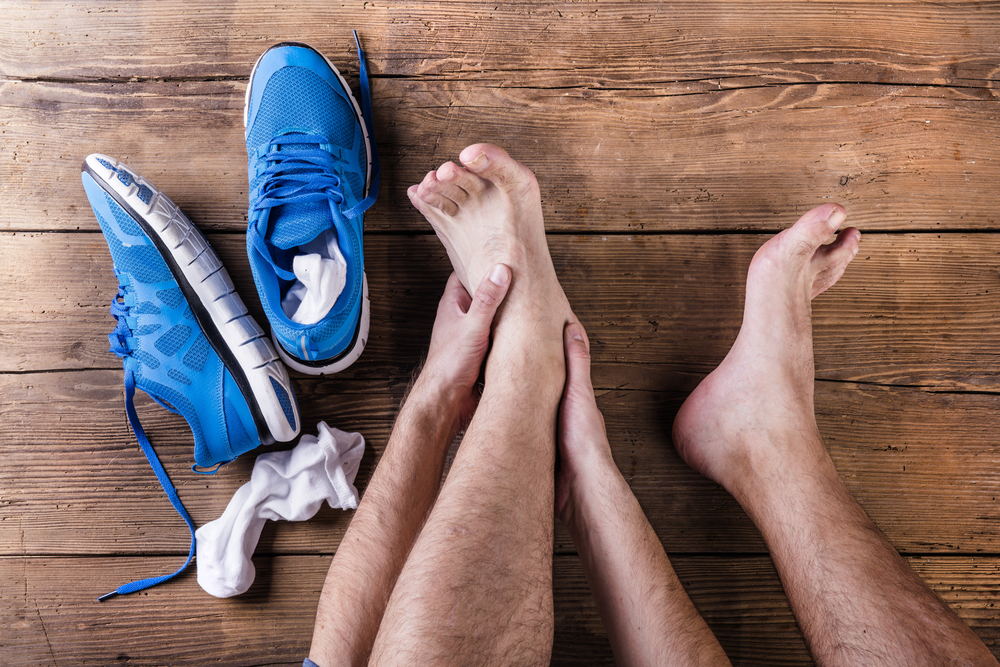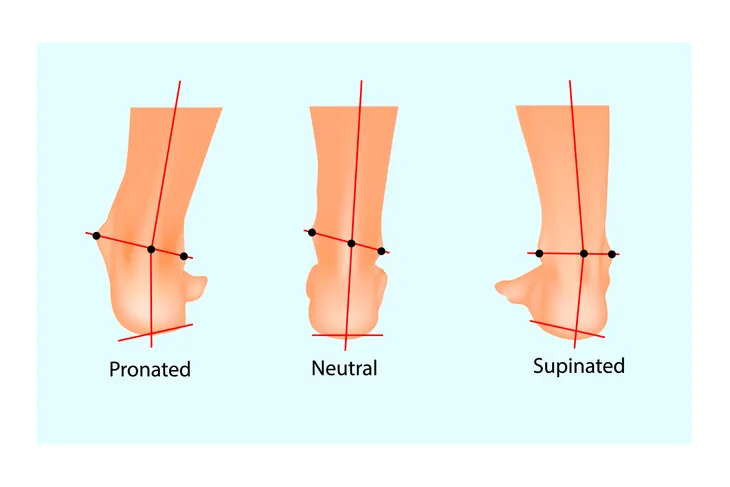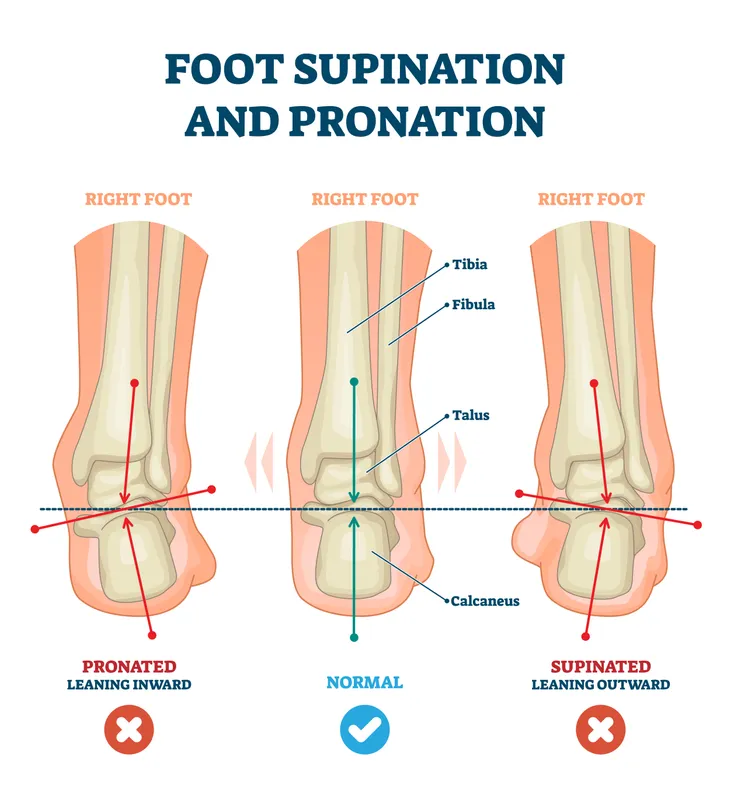Many avid runners have never heard the term supination, which refers to an underpronation foot-positioning issue that often stems from high arches. However, if your feet and ankles tend to role outward when you run, you can quickly develop repetitive pain and foot injuries.
Here are 7 things every runner should know about foot positioning…
What is Supination?
Foot supination, or underpronation, is a term that often becomes bothersome to runners with high-arched feet. When feet underpronate, they tend to roll outward so the majority of weight is placed on the outer edge of the foot.
The stress and excess weight placed on the outer edge of the food, mainly on the pinky side, as well as the outer ankle can be troublesome for runners or any athlete performing impactful exercise.
Pronation and Supination
Pronation and supination characterize the manner in which your foot strikes the ground when you run or walk. For runners, or impactful moves, a foot that rolls either too far inward (pronation) or too far outward (supination) can lead to foot issues or injuries.
To differentiate, supination (or underpronation) characterizes a foot strike that lands on the outer edge of the foot. Whereas pronation describes foot and ankle that rolls inward. Obviously, a foot strike that bears too much imbalanced weight, on the inside or outside, can lead to chronic pain and injury.
Main Supination Culprits
Supination, or underpronation, can be the fault of body mechanics, improper or old footwear, or even running too much on uneven surfaces, according to biomechanics expert, Geoffrey Alan Gray, who works with Ahnu Footwear.
Gray points out that natural supination can be the result of several issues—including heel, ball, or ankle misalignment; foot flexibility, foot strength, or even too rigid joints. Underpronation over the long term, can cause hip or knee injuries.
Diagnosing Supination
According to foot experts, the easiest way to tell if you supinate or pronate is to consult your running shoes. For instance, underpronating feet (or feet that role out) tend to wear out the outside, or lateral, edge of their sneakers shoe. On the other hand, overpronators will show wear on the inner, or medial, edge of their soles.
If you have a healthy, balanced neutral foot strike pattern, you’ll see wear in the middle of the bottom sole. Always follow up your suspicions with a professional, who can provide a proper gait analysis (i.e., a physical therapist, running coach, or podiatrist).
Common Supination Injuries
If you do underpronate, or supinate, in your foot strike, you may develop several lower foot, ankle, knee, or even foot injuries, according to a study in the Journal of Foot and Ankle Research.
For instance, repetitive stress injuries, including muscle pain, strains, sprains, or even tendonitis may arise. Over the long term, your foot overcompensation can even lead to a stress fracture of the foot or ankle.
Supination Remedies
Internal supination, or underpronation of a bone or muscle structure nature, is obviously not easily corrected. However, physical therapists and running coaches versed in biomechanics may be able to help you improve your running stride, as well as prescribe a series of exercises (i.e., quad, hamstring, calf, foot, thigh, and ankle) to help strengthen and remedy the issue over time.
If you’re supination is caused by poor footwear or an uneven running surface, a shoe clinic can analyze your running/walking gait and stride and provide recommendations for a decent pair of sneakers.
Seek Professional Help
If running is only a hobby, you may cringe at the thought of paying for a foot consultation with an expert. Luckily, most running stores do have shoe specialists on staff that can take you through a basic gait analysis and provide a decent running shoe for your specific needs.
Many runners develop an injury over the long term because they never thought to consult an expert. If you run regularly, spending the money on a consultation with a physical therapist, running coach, or a podiatrist can help you avoid a chronic injury.










